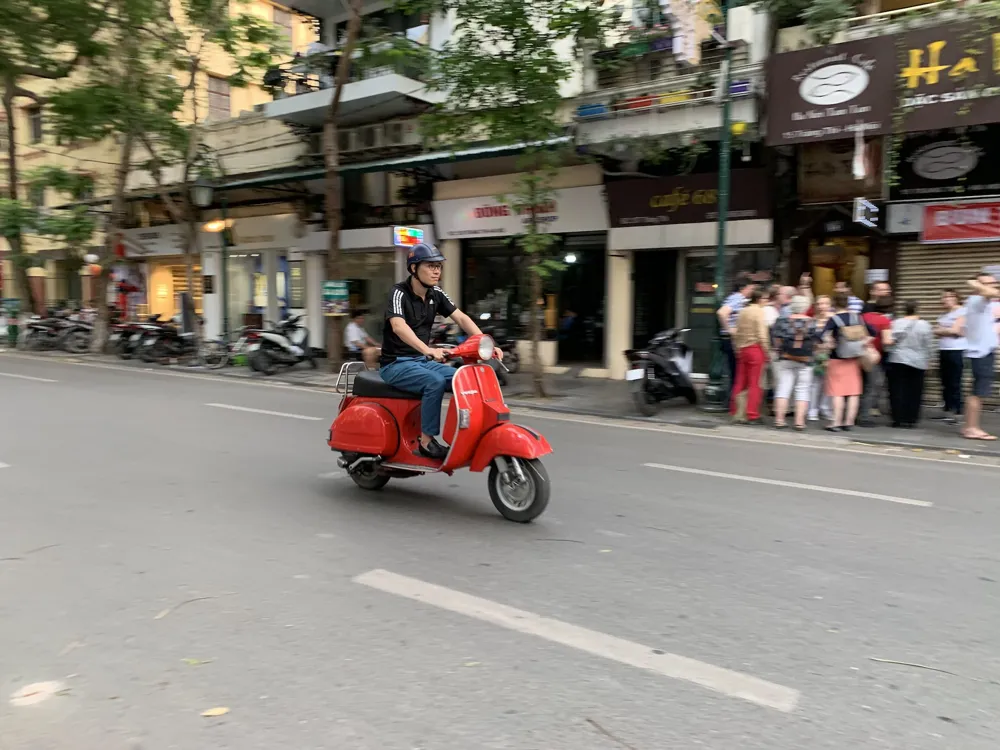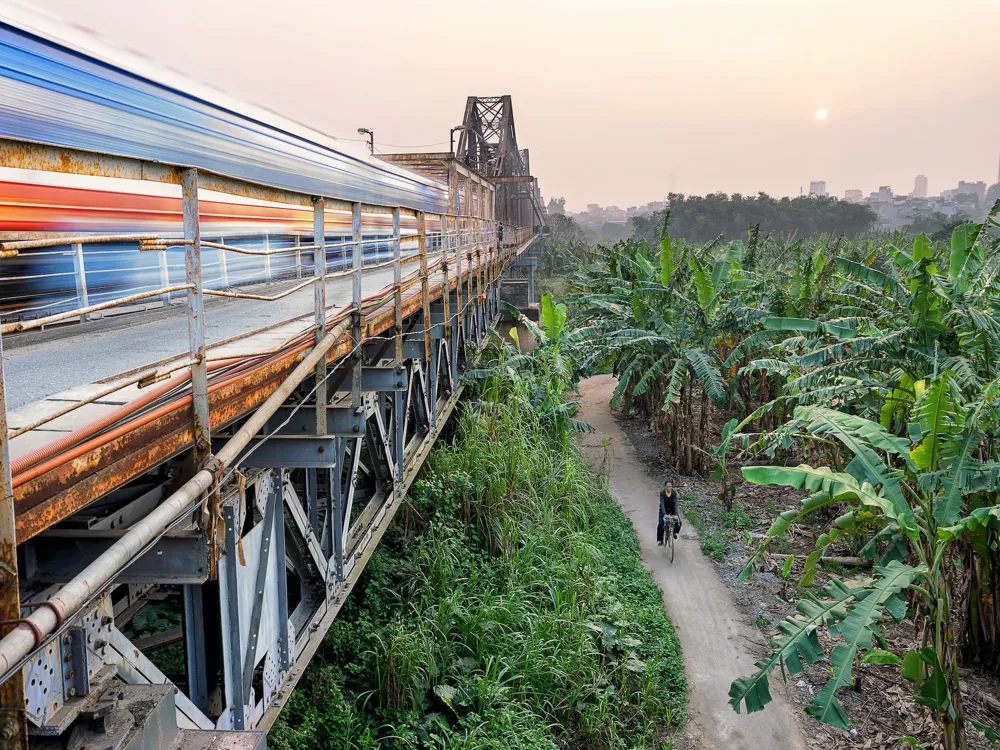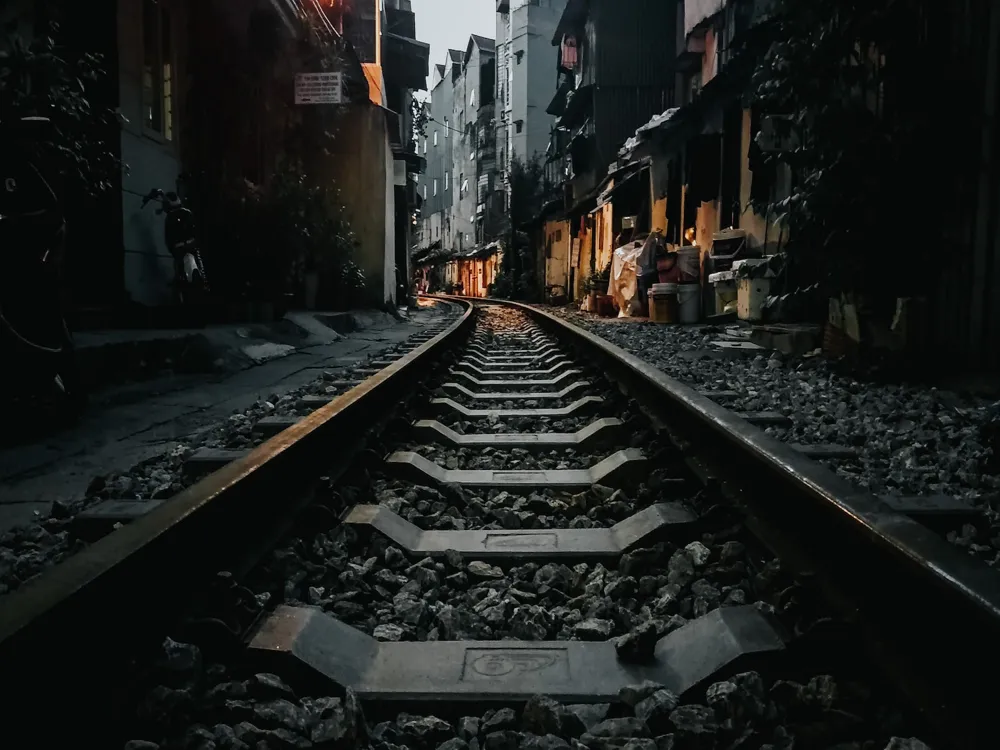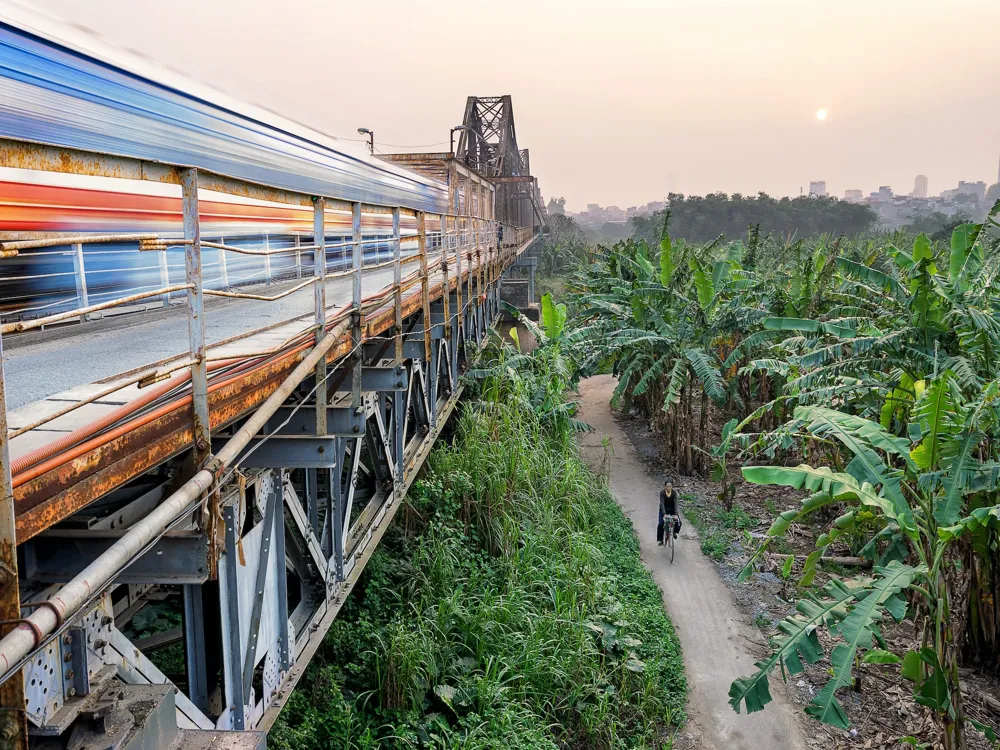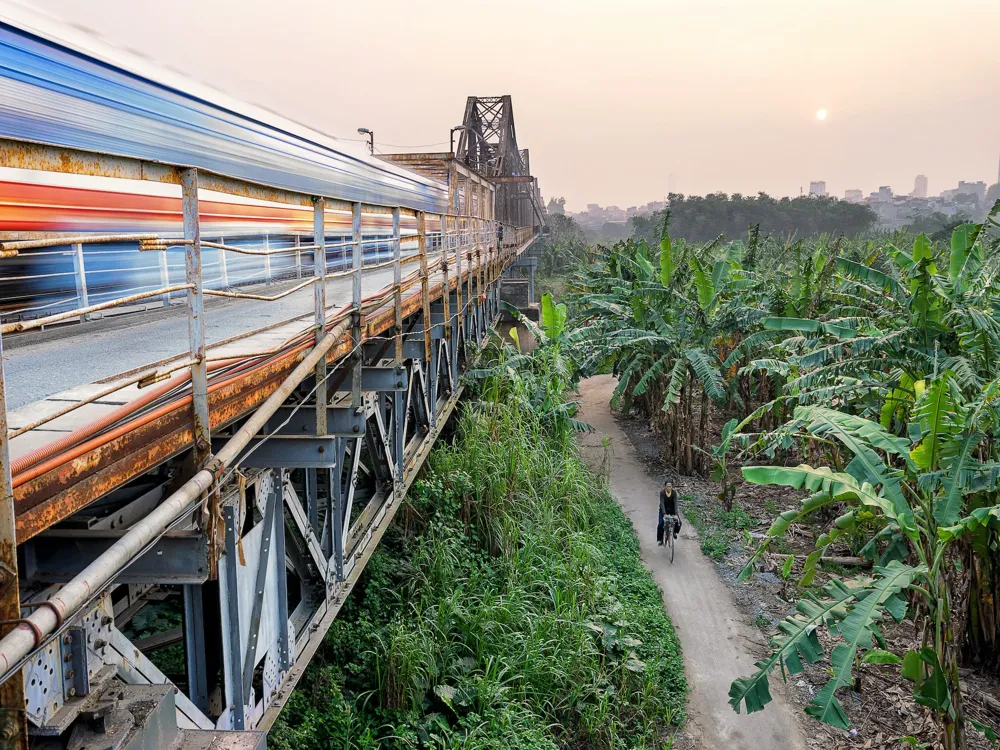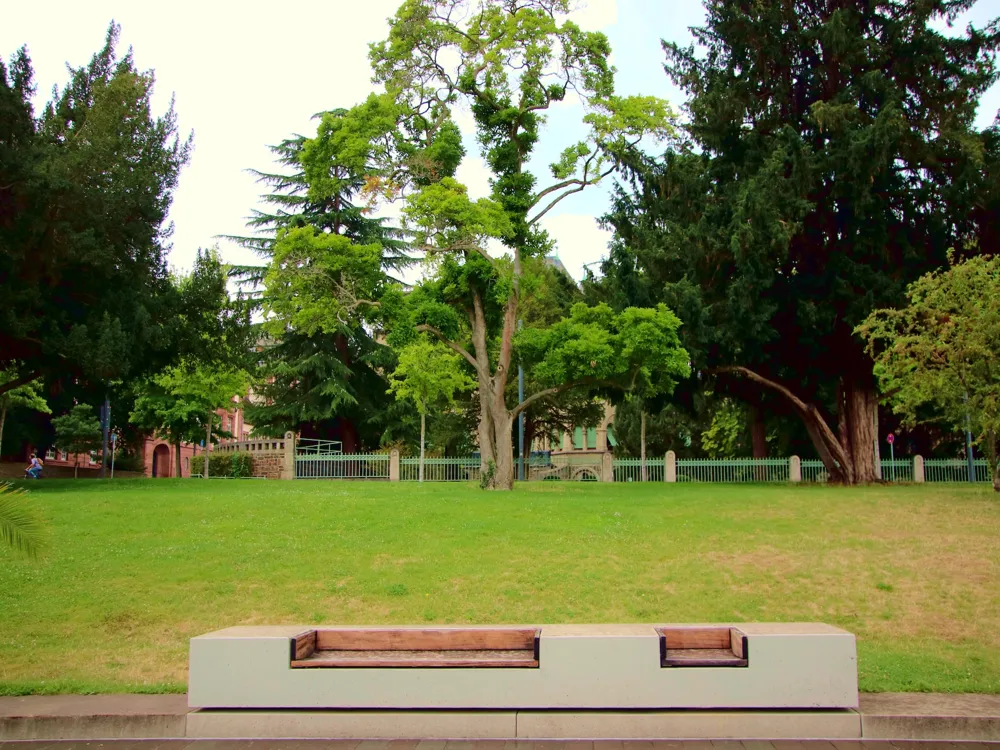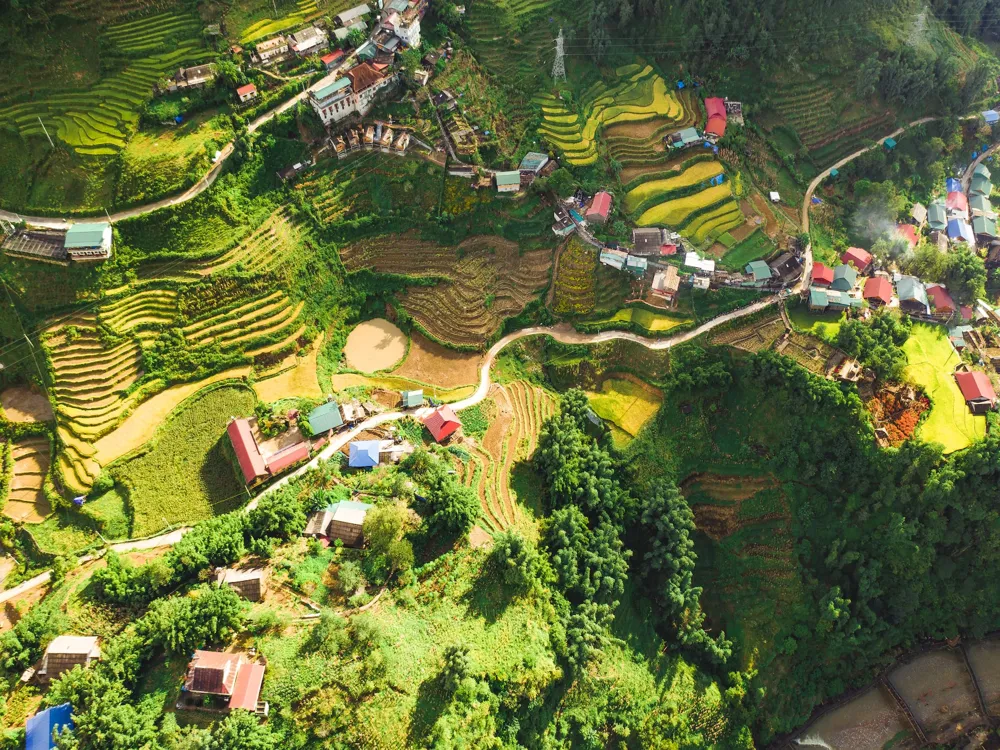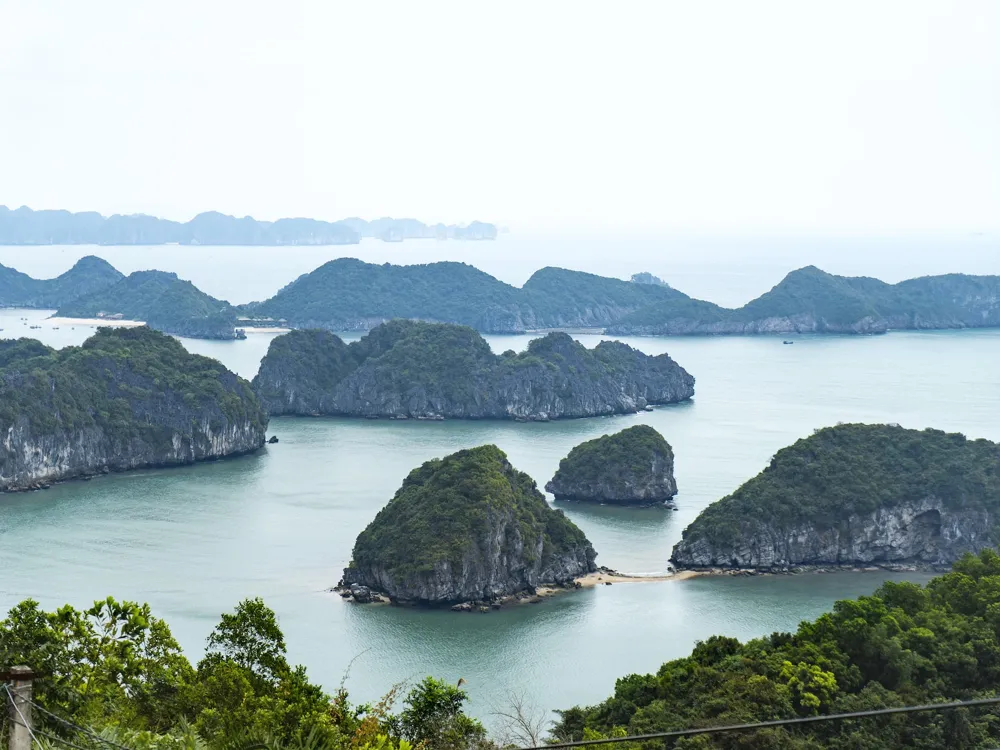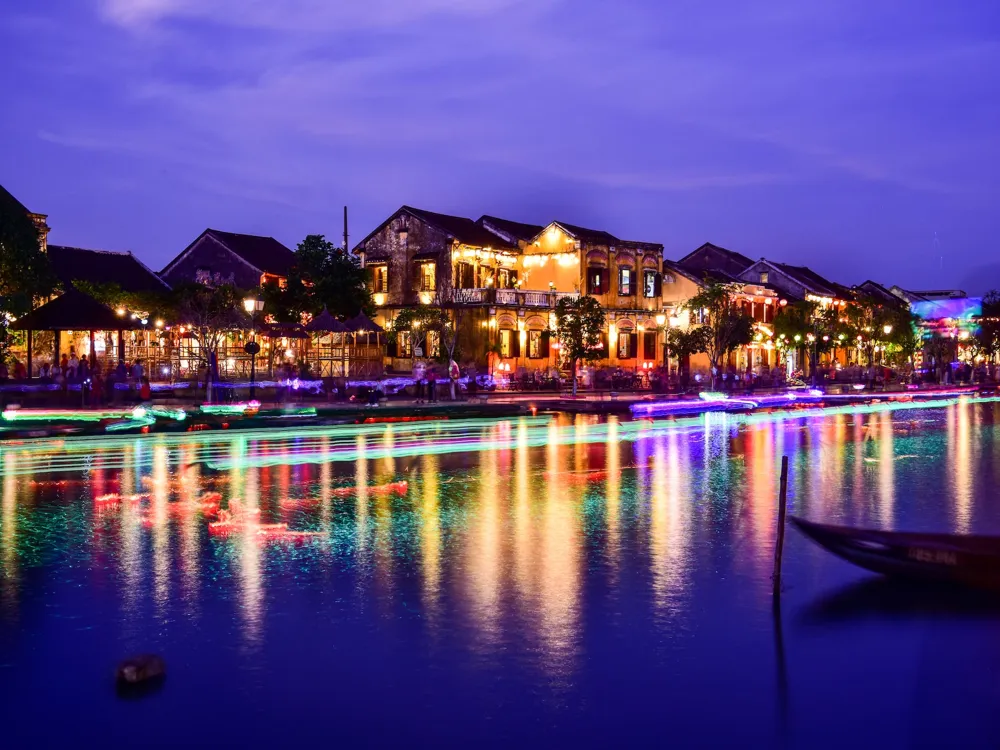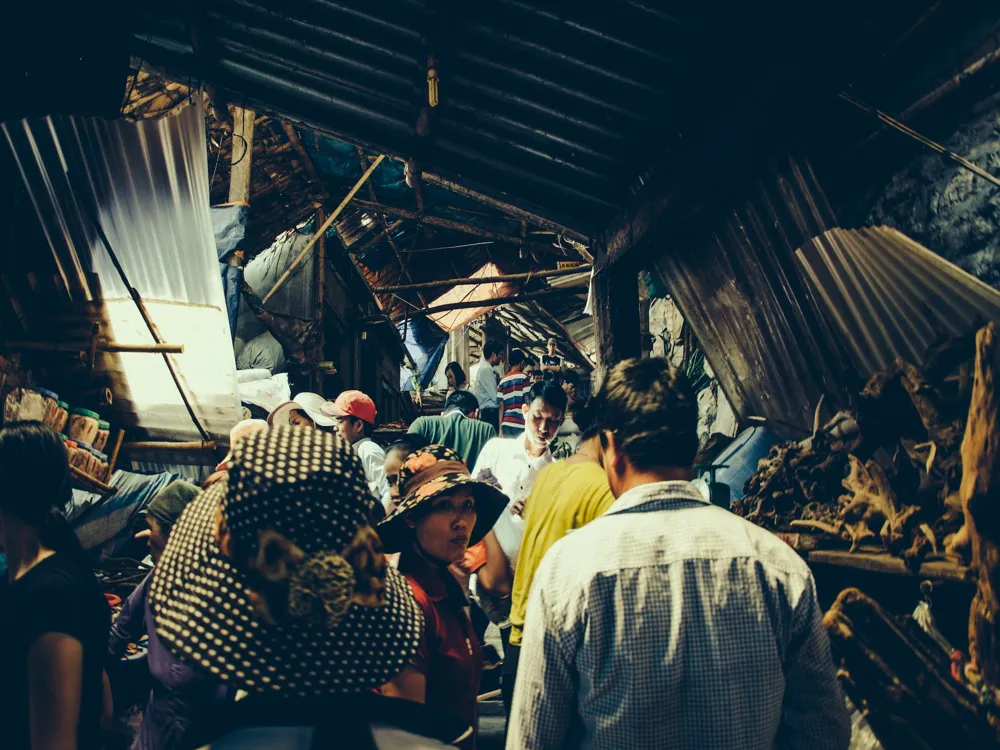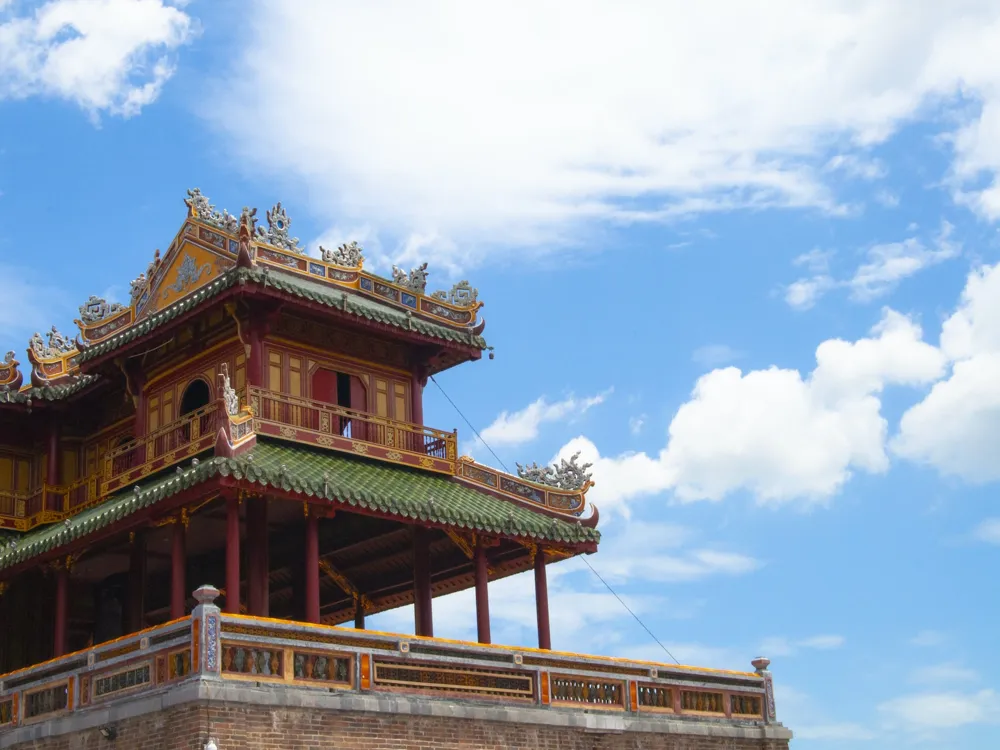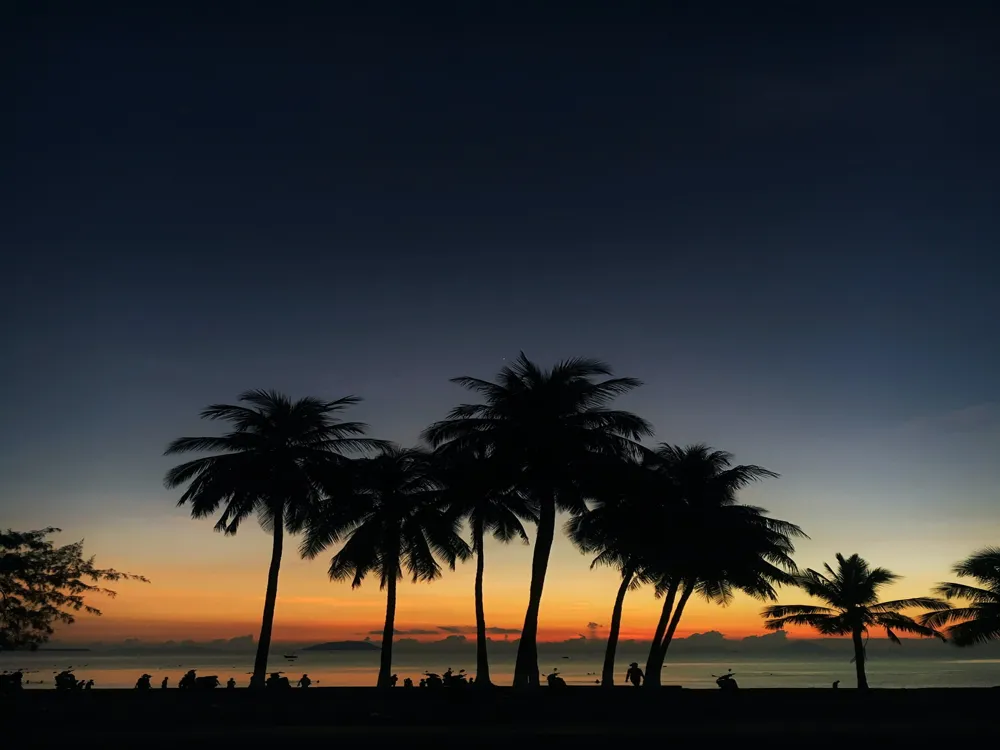Hanoi, the capital city of Vietnam, is a fascinating blend of East and West, combining traditional Sino-Vietnamese motifs with French flair. It's known for its centuries-old architecture and a rich culture with Southeast Asian, Chinese, and French influences. At its heart is the chaotic Old Quarter, where the narrow streets are roughly arranged by trade. There are many little temples, including Bach Ma, honoring a legendary horse, plus Đồng Xuân Market, selling household goods and street food.
Beyond the Old Quarter, the city opens up to modernity, yet retains its connection to the past. The Hanoi Opera House and the National Museum of Vietnamese History are testimonies to its French colonial past, while revolutionary leader Ho Chi Minh is revered at a massive marble mausoleum. Hanoi is also known for its cuisine, vibrant nightlife, silks, and handicrafts, as well as a multi-cultural community that's both dynamic and traditional.
[Content continues, elaborating on Hanoi's historical significance, cultural diversity, economic and political role in Vietnam, and its transformation over the years. The content should weave in important landmarks, local customs, and the city's evolution, with a focus on maintaining a balance between informative and engaging writing.]
The architecture of Hanoi is a spectacular tapestry that reflects its historical and cultural evolution. From ancient temples and French colonial buildings to Soviet-style complexes and modern skyscrapers, Hanoi's architecture is a testament to the city's rich history. The Old Quarter's tube houses, with their narrow width and multiple stories, showcase the adaptation of local architecture to space constraints and represent the traditional Vietnamese lifestyle.
The French colonial era left a distinct mark on Hanoi's architecture, visible in the grand boulevards and elegant buildings such as the Hanoi Opera House and the State Bank of Vietnam. These structures combine French architectural elements with local designs, resulting in unique Indo-French architecture. The city also houses significant religious structures like the Temple of Literature and One Pillar Pagoda, which blend Buddhist symbolism with Vietnamese design.
Post-war, Hanoi saw the emergence of Soviet-influenced architecture, characterized by large, functional structures like the Ho Chi Minh Mausoleum. The modern cityscape is continually evolving, with contemporary skyscrapers and state-of-the-art buildings reflecting its growth and development. The architectural journey of Hanoi narrates the story of a city that has withstood wars and colonialism, and yet managed to retain its unique character and charm.
[The content should continue exploring architectural styles, significant buildings, and urban development. The narrative should paint a picture of how each architectural layer contributes to Hanoi's identity, with anecdotes and descriptions that engage the reader's imagination.]
Hanoi experiences four distinct seasons. The best time to visit is in the spring (March to April) and autumn (October to November), when the weather is pleasant with milder temperatures and less rain.
The most efficient way to explore Hanoi is by motorbike or bicycle, which are readily available for rent. For those less adventurous, taxis and ride-hailing apps are convenient and affordable options.
Hanoi is famous for its street food. Don't miss trying Pho, Bun Cha, and other local delicacies. It's recommended to eat at busy places with good turnover to ensure freshness.
When visiting temples or religious sites, dress conservatively and remove shoes when entering. Always ask for permission before taking photographs of locals.
While Hanoi is relatively safe, it's important to be aware of your surroundings. Beware of pickpockets and bag snatchers, especially in crowded areas.
Hanoi is accessible by air, land, and rail. The Noi Bai International Airport is the main gateway for international travelers and is well-connected to major cities worldwide. For regional travel, the extensive network of buses and trains
Overview of Hanoi
Architecture of Hanoi
Tips When Visiting Hanoi
Best Time to Visit
Getting Around
Local Cuisine
Cultural Etiquette
Safety Tips
How To Reach Hanoi
Vietnamese Air Force Museum
Hanoi
₹ 15,260 onwards
View hanoi Packages
Weather :
Tags : Museum
Time Required : 1 - 2 hours
Planning a Trip? Ask Your Question
Hanoi Travel Packages
View All Packages For Hanoi
Top Hotel Collections for Hanoi

Private Pool

Luxury Hotels

5-Star Hotels

Pet Friendly
Top Hotels Near Hanoi
Other Top Ranking Places In Hanoi
View All Places To Visit In hanoi
View hanoi Packages
Weather :
Tags : Museum
Time Required : 1 - 2 hours
Planning a Trip? Ask Your Question
Hanoi Travel Packages
View All Packages For Hanoi
Top Hotel Collections for Hanoi

Private Pool

Luxury Hotels

5-Star Hotels

Pet Friendly







